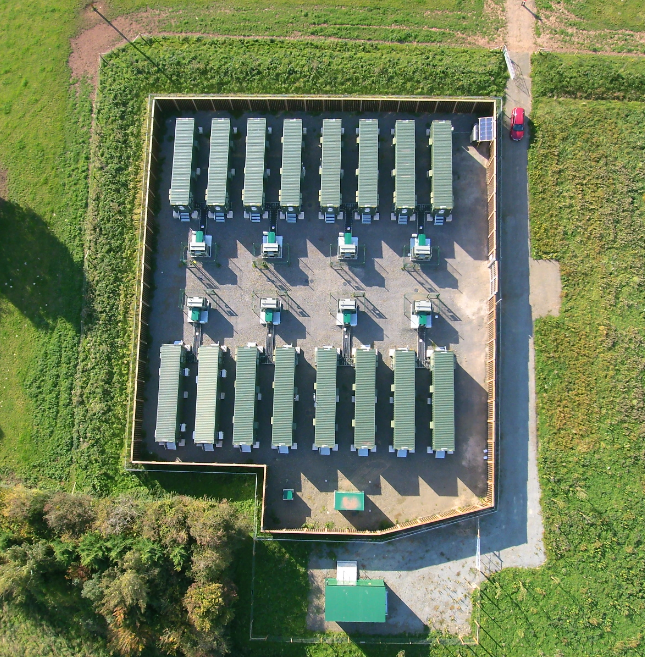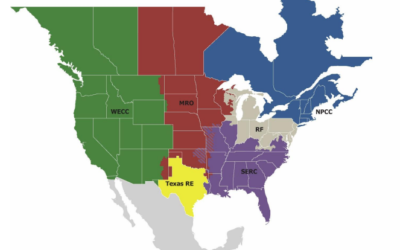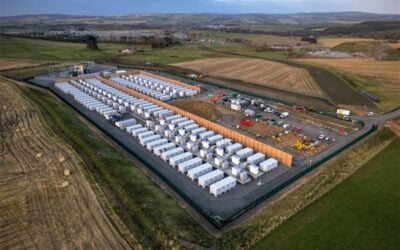
Although there is growing interest within the energy storage industry around the National Grid’s Dynamic Containment (DC) system, operators who tap into it must be careful not to neglect other revenue streams, a panel of industry experts heard this week.
Ancillary services have become one of the biggest opportunities for battery storage in recent months, particularly in the UK, where the National Grid ESO rolled out its new Dynamic Containment service last October. DC has one of the highest returns of any operator services with a cap of £17 (US$23.96) /MW/h, but it is still largely undersubscribed as asset optimisers and owners struggle with the requirements.
Enjoy 12 months of exclusive analysis
- Regular insight and analysis of the industry’s biggest developments
- In-depth interviews with the industry’s leading figures
- Annual digital subscription to the PV Tech Power journal
- Discounts on Solar Media’s portfolio of events, in-person and virtual
DC acts faster than previously existing services such as Firm Frequency Response (FFR), and is procured in 24-hour blocks on a day-ahead basis, compared to week-ahead and month-ahead procurement for FFR. DC is expected to eventually replace FFR, but questions have been raised on whether the volume in FFR markets will be reduced. NGESO confirmed last year its FFR procurement targets will not be affected by DC procurement at first.
“I think we have to not get too focused,” said Catherine Newman, chief executive of Limejump, a digital energy platform and part of Shell’s Renewables & Energy Solutions division. Newman suggested that operators would ideally want to stack revenues from “a mixture of different things” such as FFR, Balance of Mechanism and wholesale trading.
“It’s not all about the DC. It is a really important part of the stack, but it’s about how we stack everything up together: that’s how we’re going to make the most money for investors in these assets, how we’re going to get the best value out of them.”
Limejump is set to optimise the batteries for a 100MW storage project in England set to come online next month, which Newman said will be “bringing into DC then”, but the company is also taking a longer-term view on revenue structures.
“We’re really focused on the longer term view about how technically we can stack all these different products together and how we can solve those challenging problems.”
Mark Simon, chief executive of commercial energy storage operator Eelpower, agreed that DC would be “another chapter” in the quest to build lucrative routes to market for the battery sector, but that storage’s applications will “continue to grow” as more renewable power comes online, only placing more importance on the acquisition of detailed data in real-time. Eelpower announced this week (23 February) it has selected energy company EDF as its trading and optimisation partner. The deal will help to open revenue streams for three grid-scale assets in the UK totalling 80MW, including ancillary services, balancing mechanism and wholesale optimisation.
“DC is just the next chapter, and we shouldn’t get too obsessed by it,” he said, “because of course it’s going to drive through sampling frequency and things like that, and that data is is the lifeblood of this industry.”
Aaron Lally, managing partner of trading platform VEST Energy, added that the ability to provide more data in a shorter timeframe will be crucial to gaining traction in the highly competitive aggregation market in the future.
“If you’re unable to do it, and you’re unable to sample at that level and provide the data National Grid want, you’re not going to be able to compete in in any ancillary service market going forward”, he said.
Newman went on to suggest that increased consolidation and competitiveness in battery aggregation could lead to a “Big Six” group of platforms.
“There’s a very high possibility that you could end up with a big six aggregators,” she said. “Every man and his dog is trying to get in the market”, however, it will be the companies that the most “cutting edge” technology and can collect and analyse data at pace that will succeed.
“It’s about automating the right thing, so you can really focus on the value add activities in the trading space so you can make those combined decisions between trading and managing those assets.”
The Energy Storage Summit 2021 continues on 3, 4 March while all previous sessions are available to view on-demand for attendees. See the website for more details.






